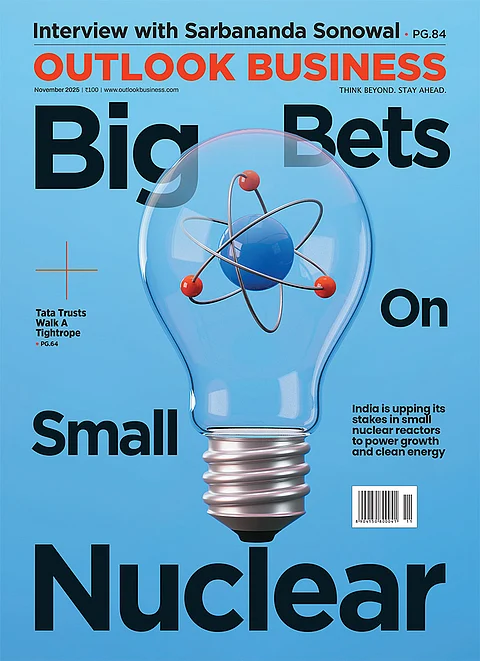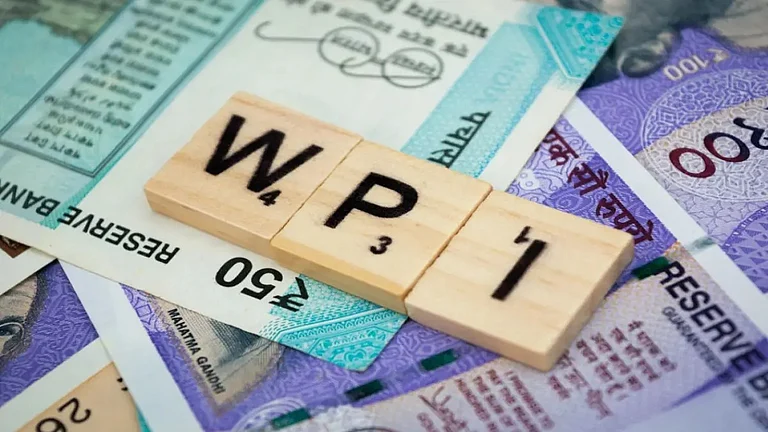
The RBI is facing criticism for appearing overly hawkish after repeatedly overestimating inflation throughout 2025
Retail inflation hit a record low of 0.25% in October, with wholesale inflation turning negative.
Economists flags persistent forecasting errors risk making real interest rates higher than intended, with outdated CPI weights and steep declines in food prices contributing to the divergence.
The Reserve Bank of India’s Monetary Policy Committee may have come across as hawkish with its monetary policy decisions and inflation projections, reports said. The RBI’s inflation forecasting model has been drawing criticism from experts and economists after the central bank consistently overestimated the inflation print this year. The central bank missed by 0.7 percentage points in the first three months of the year, followed by a miss of 0.2 points and 0.1 points in the subsequent two quarters, respectively.
The criticism comes amid the backdrop of yet another big miss in the current quarter after a much lower-than-expected inflation reading in October, Bloomberg reported. The RBI projected inflation at 2.6% for the fiscal year through March, while economists now forecast inflation to range between 2.2% and 2.0%, the report said. The RBI’s mandate is to keep inflation at 4%, with a tolerance band of ±2 percentage points, meaning the inflation target range is 2% to 6%.
October Inflation Print
India’s retail inflation dropped to a record low of 0.25% last month against 1.44% in August, driven by a favourable base and a continued fall in food prices. The October retail inflation also marked the third consecutive time the Consumer Price Index (CPI) fell below the RBI’s lower limit of the 2–6% target band. Meanwhile, wholesale inflation plunged into negative territory and fell to a 27-month low of -1.21% due to a steep decline in food prices.
MPC Decisions So Far
Nearly a year into Sanjay Malhotra’s tenure as RBI Governor, the central bank and its rate-setting panel have front-loaded monetary easing, shifted policy stance, and acted without waiting for global volatility to settle. Former central banker R. Gurumurthy wrote that Malhotra’s defining moment came in June, when the MPC delivered an aggressive 50-basis-point repo rate cut along with a sharp reduction in the cash reserve ratio (CRR) to support the domestic economy.
So far in 2025, the RBI has cut rates by 100 bps — 25 bps each in February and April, followed by the 50 bps move in June. Since then, the central bank has held rates steady amid inflation concerns and a still-uncertain global environment. The central bank also changed its stance from accommodative to neutral at its June MPC meeting, signalling a more cautious approach to further easing in the monetary policy cycle.
Why RBI Projections Are Under Scrutiny
According to the Bloomberg report, the RBI has likely been more ‘hawkish’ than necessary and reluctant to cut interest rates even though the economy needed a push after the threats and imposition of reciprocal tariffs by US President Donald Trump. The risk here is that when inflation prints consistently come below the RBI’s forecasts, inflation-adjusted interest rates “end up being much higher than intended, and monetary policy becomes unintentionally restrictive,” the report said, citing Sonal Varma, economist at Nomura Holdings Ltd.
As per the report, one of the key reasons why the RBI and economists got the inflation projections wrong multiple times this year is likely the steep decline in food prices driven by a strong harvest, favourable monsoon season, and improvements in supply chain management. Food items constitute 46% of the CPI. Another reason for the higher estimates in inflation could be the outdated consumer price basket, which the Ministry of Statistics and Programme Implementation will update with a more relevant gauge next year to limit forecasting errors, the report said.
The errors in forecasts are not just limited to inflation prints. The RBI made one of its biggest forecasting errors in the July–September quarter of 2024, as it estimated a 7% projection while the economy only expanded 5.4%. For the quarter ended June, GDP posted 7.8% growth, higher than the RBI’s forecast of 6.5%.

























